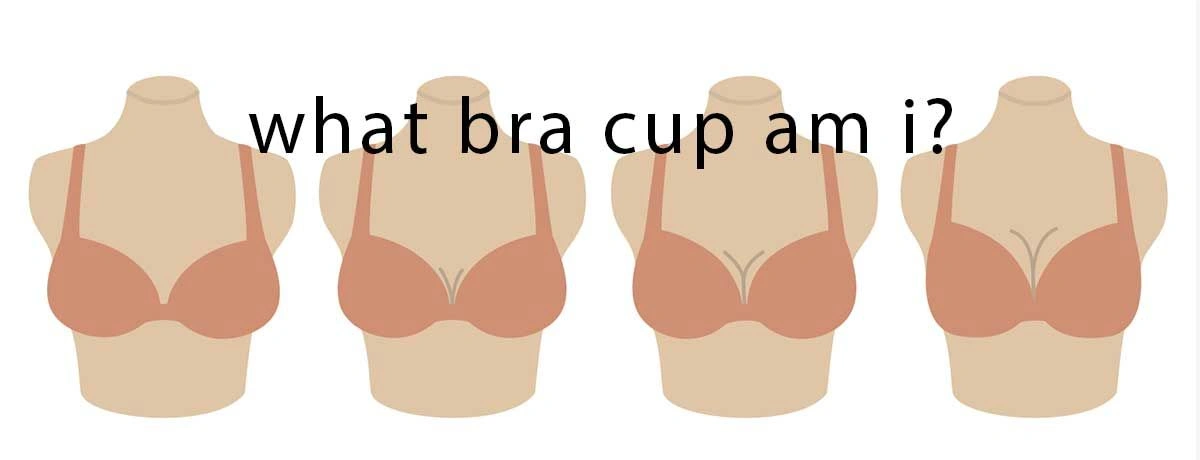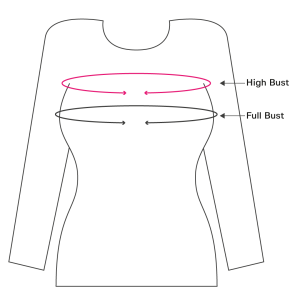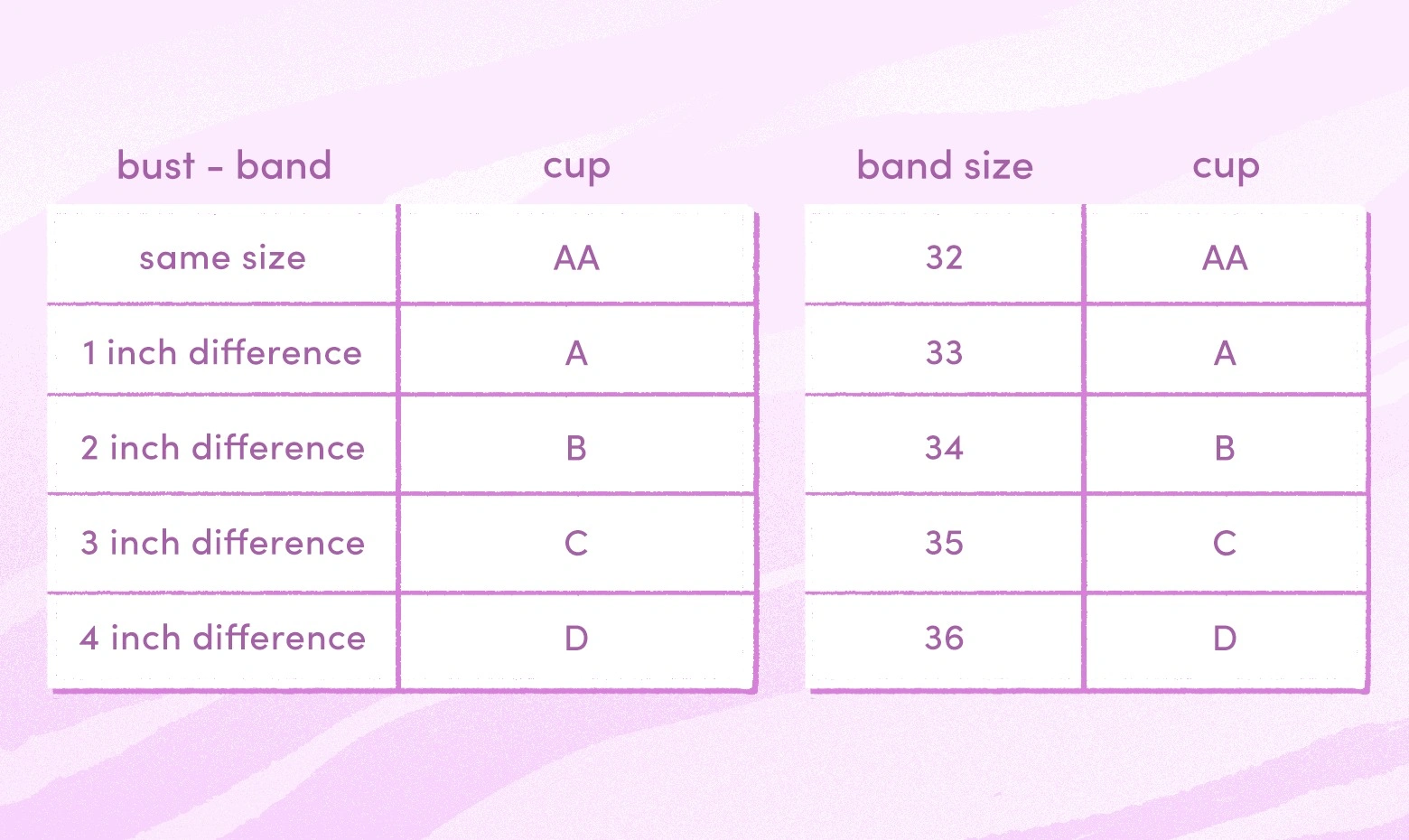What Bra Cup Am I? A Comprehensive Guide to Finding Your Size

How to Measure Your Bra Size Like a Pro
Finding a bra that fits perfectly starts with knowing your correct bra size. Many women wear the wrong bra cup size and experience discomfort, limited support, or gaps in the cups that disrupt confidence. Fortunately, measuring your bra size at home is simple and accurate when done correctly. This guide will walk you through how to measure your bra size with and without a measuring tape, explain the concept of sister sizes, and answer common bra-sizing questions for a perfect fit.
Whether you’re wondering, “What bra cup am I?” or looking to interpret a bra size chart, this guide covers it all.
Understanding Bra Sizes
How Bra Sizes Work
Brasizes are a combination of two key measurements: the band size and the cup size. The band size is determined by measuring the circumference of your ribcage directly under your bust. This measurement is crucial as it provides the foundational support for the bra. On the other hand, the cup size is calculated by subtracting the band size from the bust measurement, which is taken around the fullest part of your bust. The difference between these two measurements determines the cup size.
Understanding how bra sizes work is essential for finding a bra that fits well, provides adequate support, and enhances your natural shape. A well-fitting bra can make a significant difference in comfort and confidence, ensuring that you feel supported throughout the day.
How to Measure Your Bra Size with a Measuring Tape
Measuring your bra size requires two key measurements—your band size and bust size. Here’s how to find them step by step.
Step 1: Find Your Band Size
Your bra band size refers to the circumference of your ribcage directly under your bust. Here’s how to measure it accurately:
-
Stand straight and exhale to ensure the tape measure sits snugly.
-
Wrap the tape around your ribcage, just under your bust. Ensure it’s parallel to the ground and doesn’t sag.
-
Round the measurement to the nearest whole number. If it’s an even number, this is your band size. If odd, round up to the nearest even number.
For example, if your measurement is 31 inches, round up to 32, as most band sizes come in even numbers.
Step 2: Measure Your Bust

Next, measure the fullest part of your bust to determine your cup size:
-
Wrap the tape loosely around the fullest part of your chest, ensuring it remains parallel to the ground.
-
Stand naturally without pushing your shoulders forward or arching your back.
-
Record the measurement and round it to the nearest whole number.
Step 3: Calculate to Find Your Cup Size
To determine your bra cup size, subtract your band size (Step 1) from your bust size (Step 2):
Bust measurement - Band size = Cup Size.
Refer to the table below to match the difference with a cup letter.
Bra Size Chart

For example, if your bust measures 36 inches and your band measures 32 inches, the difference is 4 inches, which corresponds to a D cup. Combined, your bra size would be 32D.
How to Find Your Bra Size Without a Measuring Tape
Don’t have a measuring tape? No problem. Here are a few alternatives to determine your size:
-
Use a String or Ribbon: Wrap a string around your bust and ribcage as you would a measuring tape. Mark the point where the string meets, then use a ruler to measure these lengths on a flat surface.
-
Bra Fit Calculators: Online bra calculators allow you to input the measurements of a well-fitting bra you already own to estimate your size.
-
Visit a Bra Fitting Specialist: Many lingerie stores offer free bra fittings with trained specialists who can measure you accurately.
-
Avoid Wearing a Push Up Bra: Avoid wearing a push up bra while measuring, as it can distort the measurements.
How a Bra is Supposed to Fit
A properly fitting bra should provide both comfort and support while enhancing your natural shape. Here are the key indicators of a well-fitting bra:
-
Band: The band should be snug but not tight, sitting parallel to the ground. It should provide most of the bra’s support without riding up or digging into your skin.
-
Underwire: If your bra has an underwire, it should lie flat against your ribcage without poking or digging in. The underwire should encase your breast tissue completely, providing a smooth and supportive fit.
-
Cups: The cups should fully encase your breasts without any spillage or gaps. They should provide a smooth silhouette under clothing, enhancing your natural shape.
-
Straps: The straps should stay in place without digging into your shoulders. They should provide additional support without bearing the majority of the weight.
A well-fitting bra contributes to good posture and overall comfort, ensuring that you feel confident and supported throughout the day.
Bra Care and Maintenance
Washing and Drying Your Bras
Proper care and maintenance of your bras can significantly extend their lifespan and ensure they continue to provide the comfort and support you need. Here are some tips on how to wash and dry your bras:
-
Hand Washing: This is the gentlest method for cleaning your bras. Use a mild detergent specifically designed for lingerie or delicates. Gently rub the fabric between your fingers, paying special attention to areas like the underwire channels and straps.
-
Machine Washing: If you prefer machine washing, use a delicate cycle and place your bras in a mesh bag to protect them from tangling with other items. Fasten hooks before washing to prevent snagging.
-
Detergent: Avoid using fabric softener or bleach, as these can damage the fabric and affect the bra’s shape. Rinse thoroughly with cool water until all detergent is removed.
-
Drying: Press out excess water without wringing or twisting. Lay your bras flat on a clean, dry towel to air dry. Reshape the cups and straps to maintain their form. Avoid hanging bras by the straps, as this can cause them to stretch.
By following these tips, you can keep your bras in good condition, ensuring they continue to provide the support and comfort you need for a long time.
What Is a Bra "Sister Size"?
If your size isn’t available in a particular style, sister sizes can help. A sister size is an alternative bra size with the same cup volume but a different band size.
-
Going up a band size? Drop one letter in cup size.
-
Going down a band size? Go up one letter in cup size.
For instance, if you wear a 34C, your sister sizes would be 32D and 36B. This method can save the day when a particular bra style or brand runs smaller or larger.
Bra Sizing FAQs
Q1. What if my cup size is between two measurements?
If your cup measurement doesn’t fit perfectly into one category, opt for the larger size. A slightly roomy fit is more comfortable than an overly tight one.
Q2. Why do bra sizes vary between brands or countries?
Different manufacturers use varying sizing systems. European and UK band sizes may differ slightly from US sizes. Always refer to the brand’s size chart for accuracy.
Q3. How often should I measure my size?
Your body changes due to weight fluctuations, hormonal shifts, or lifestyle changes. It’s a good idea to remeasure every six months to ensure the best fit.
Q4. What if my bra rides up at the back or digs into my shoulders?
A bra riding up in the back means your band is too loose—consider sizing down. Straps digging into your shoulders indicate the band isn’t providing enough support; opt for a tighter band or a bra with wider straps.
Q5. Can I wear the same size for all bra types?
Not always. Push-up bras, sports bras, and bralettes often fit differently due to their construction. Plunge bras, with their deep V-shape design, also require careful fitting to ensure the center gore lies flat and the cups support the breasts without spillage. Always try on new styles to ensure they suit your shape and size.
Find Your Perfect Fit Today
Understanding your bra size is the first step to comfortable, supportive, and confidence-boosting lingerie. Understanding your breast shape is also crucial, as it helps in selecting bra styles that provide the best fit and comfort. Whether you measure at home or seek help from a fitting specialist, knowing your accurate cup and band size ensures you never settle for an ill-fitting bra again.
Use this guide to master your measurements and consult the bra size chart when in doubt. Finally, explore the concept of sister sizes for flexibility when shopping.
Love this guide? Share it with someone who deserves the perfect fit too!
